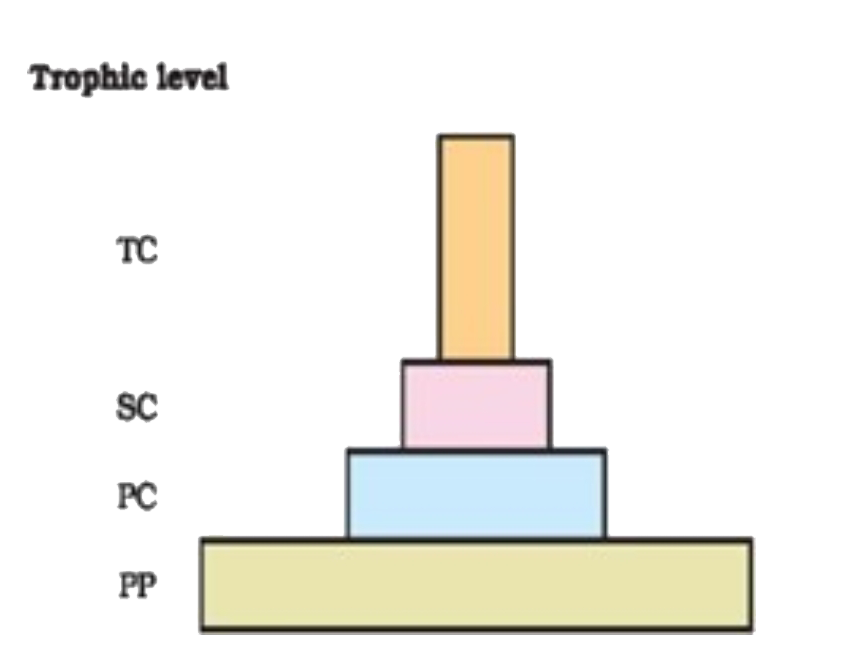Regeneration can be observed in
a) Fungi
b) Planaria
c) Hydra
d) More than one option is correct
The correct Answer is:D
Step-by-Step Solution:
1. Understanding Regeneration:
- Regeneration is the biological process where an organism can regrow lost or damaged parts. The term "regeneration" can be broken down into "re-" meaning again, and "generation" meaning formation.
2. Identifying Organisms:
- The question provides four options: fungi, planaria, hydra, and states that more than one option could be correct.
3. Analyzing Each Option:
- Fungi: Fungi do not exhibit regeneration in the same way that animals do. They reproduce through spores and do not regenerate lost parts.
- Planaria: Planaria are flatworms known for their remarkable regenerative abilities. If a planarian is cut into pieces, each piece can regenerate into a complete organism.
- Hydra: Hydra are small, freshwater organisms that also possess the ability to regenerate. They can regenerate lost body parts and even reproduce asexually through budding.
- More than one option is correct: Since both planaria and hydra can regenerate, this option is also valid.
4. Conclusion:
- Since regeneration is observed in both planaria and hydra, the correct answer is "more than one option is correct." Therefore, option D is the right choice.
Final Answer:
- The correct answer is more than one option is correct (Option D).
---
- Regeneration is the biological process where an organism can regrow lost or damaged parts. The term "regeneration" can be broken down into "re-" meaning again, and "generation" meaning formation.
- The question provides four options: fungi, planaria, hydra, and states that more than one option could be correct.
- Fungi: Fungi do not exhibit regeneration in the same way that animals do. They reproduce through spores and do not regenerate lost parts.
- Planaria: Planaria are flatworms known for their remarkable regenerative abilities. If a planarian is cut into pieces, each piece can regenerate into a complete organism.
- Hydra: Hydra are small, freshwater organisms that also possess the ability to regenerate. They can regenerate lost body parts and even reproduce asexually through budding.
- More than one option is correct: Since both planaria and hydra can regenerate, this option is also valid.
- Since regeneration is observed in both planaria and hydra, the correct answer is "more than one option is correct." Therefore, option D is the right choice.
- The correct answer is more than one option is correct (Option D).
Topper's Solved these Questions
- THE LIVING WORLDBook:AAKASH INSTITUTE ENGLISHChapter:THE LIVING WORLDExercise:ASSIGNMENT SECTION - A
Explore 35 Videos
- THE LIVING WORLDBook:AAKASH INSTITUTE ENGLISHChapter:THE LIVING WORLDExercise:ASSIGNMENT SECTION - B
Explore 35 Videos
- THE LIVING WORLDBook:AAKASH INSTITUTE ENGLISHChapter:THE LIVING WORLDExercise:TRY YOURSELF
Explore 44 Videos
- Test-12Book:AAKASH INSTITUTE ENGLISHChapter:Test-12Exercise:Exercise
Explore 60 Videos
- TRANSPORT IN PLANTS Book:AAKASH INSTITUTE ENGLISHChapter:TRANSPORT IN PLANTS Exercise:Assignment (Section D) Assertion-Reason Type Questions
Explore 10 Videos
Similar Questions
The photosynthetic or assimilatory roots are observed in
View SolutionMeiosis can be observed in
View SolutionAdaptive radiation can be observed in all cases except
View SolutionRegeneration is observed in ________
View SolutionHistogens can be observed in
View SolutionThe pyramid given below can be observed in a :

View SolutionSyncytium condition can be observed in
View SolutionArithmetic growth can be observed in :
View SolutionThe diffraction effect can be observed in
View SolutionTrue regeneration is served in
View Solution